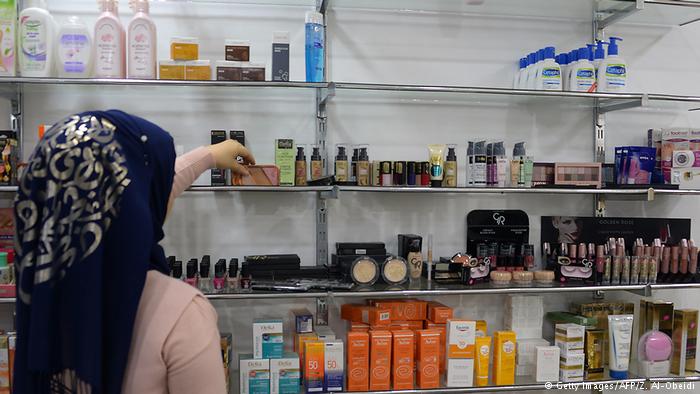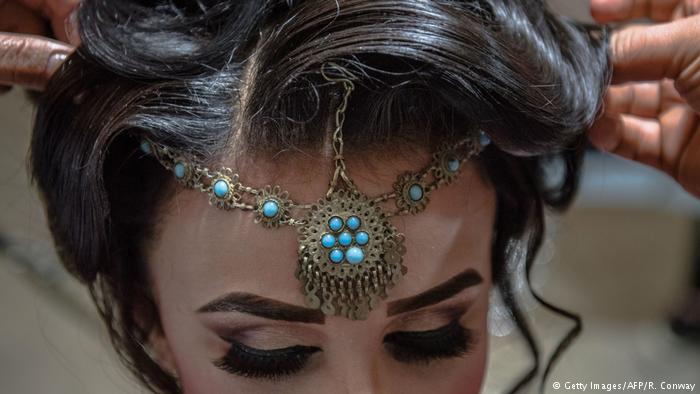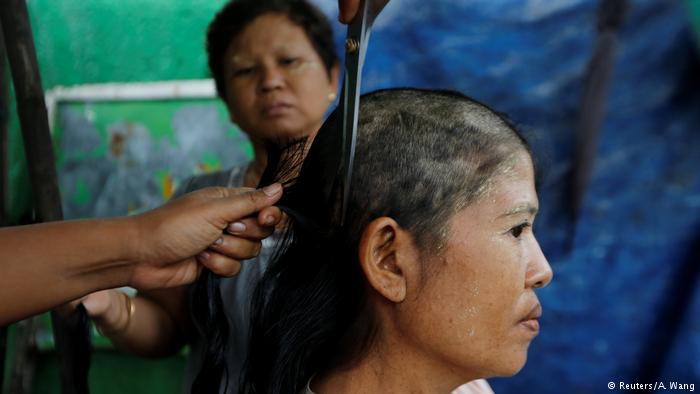Hair matters

First, you notice more hair on your hairbrush and on your bathroom floor. Then, more of your scalp seems to be showing along your part line.
Before you know it, people are talking to you but their eyes seem to be scanning the top of your head.
Although thankfully, I don’t have alopecia areata, an autoimmune disorder that causes bald patches, my hair has been thinning visibly over the years.
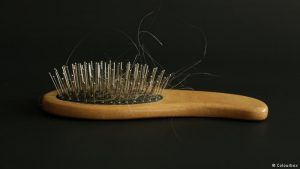
That makes me one in three women who face hair loss problems at some point in their lives, according to an article in Harvard Women’s Health Watch. With post-menopausal women, the rate is higher, at two-thirds.
The most common cause of hair loss in women, and men, is androgenetic (or androgenic) alopecia, which is also known as genetic or female/male pattern hair loss.
This condition usually affects the front, top or crown of the head, causing gradual thinning or balding.
Pattern hair loss is inherited from either one or both parents, and the bad news is that hormones can trigger it at any time after puberty.
Since I have always been a believer in natural therapies, my first reaction was to try out a “holistic and natural” hair care centre to find options for treating my problem.
Almost religiously, I went for weekly treatments – sometimes fortnightly due to time constraints – over a period of six months or so.
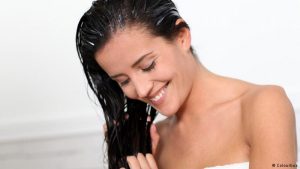 At my first evaluation, a scalp-magnifying device showed that I indeed had some new “baby hair”, as the therapist called it, or new strands coming out of my head’s follicles.
At my first evaluation, a scalp-magnifying device showed that I indeed had some new “baby hair”, as the therapist called it, or new strands coming out of my head’s follicles.
But to the naked eye only minimal improvement was visible. However, it did feel to me that my hair strands were shedding at a slower rate.
So I was encouraged and signed up for a second package, which was supposed to offer even better results.
After completing the second round of treatment, however, there didn’t seem to be any marked improvement and I began to question how much more money I could afford to spend on such treatments, which certainly don’t come cheap.
It was also getting bothersome to go to a session on a weekly basis.
I decided to check out another center which came strongly recommended by someone I know.
The treatment sessions were more spaced out – at six-week intervals – which was certainly more convenient.
 As for the outcome, a similar pattern arose; at first, there were some results, but overall, not what I expected.
As for the outcome, a similar pattern arose; at first, there were some results, but overall, not what I expected.
A similar pattern arose – there were some results at first but not what I expected.
Moreover, the fact that the center used chemical-based products made me feel uncomfortable and my scalp felt rather dry.
I have dropped the idea of centers and am now experimenting with a concoction made of virgin coconut oil and essential oils. Both rosemary and fenugreek are believed to boost hair growth.
I apply the mixture to my scalp and shampoo it off between 30 minutes and one hour later.
I am also taking fish oil supplements to boost my intake of omega 3 fatty acids, which are purported to boost hair and follicle growth.
 It can take longer for the results of natural therapies to be visible so patience is necessary.
It can take longer for the results of natural therapies to be visible so patience is necessary.
But if the rate of the re-growth process is much slower than that at which my hair is dropping, chemicals or no chemicals, vanity might well prevail.
So I may well need to resort to Plan D, whatever that may be!
Author: Elle Wong (act)




